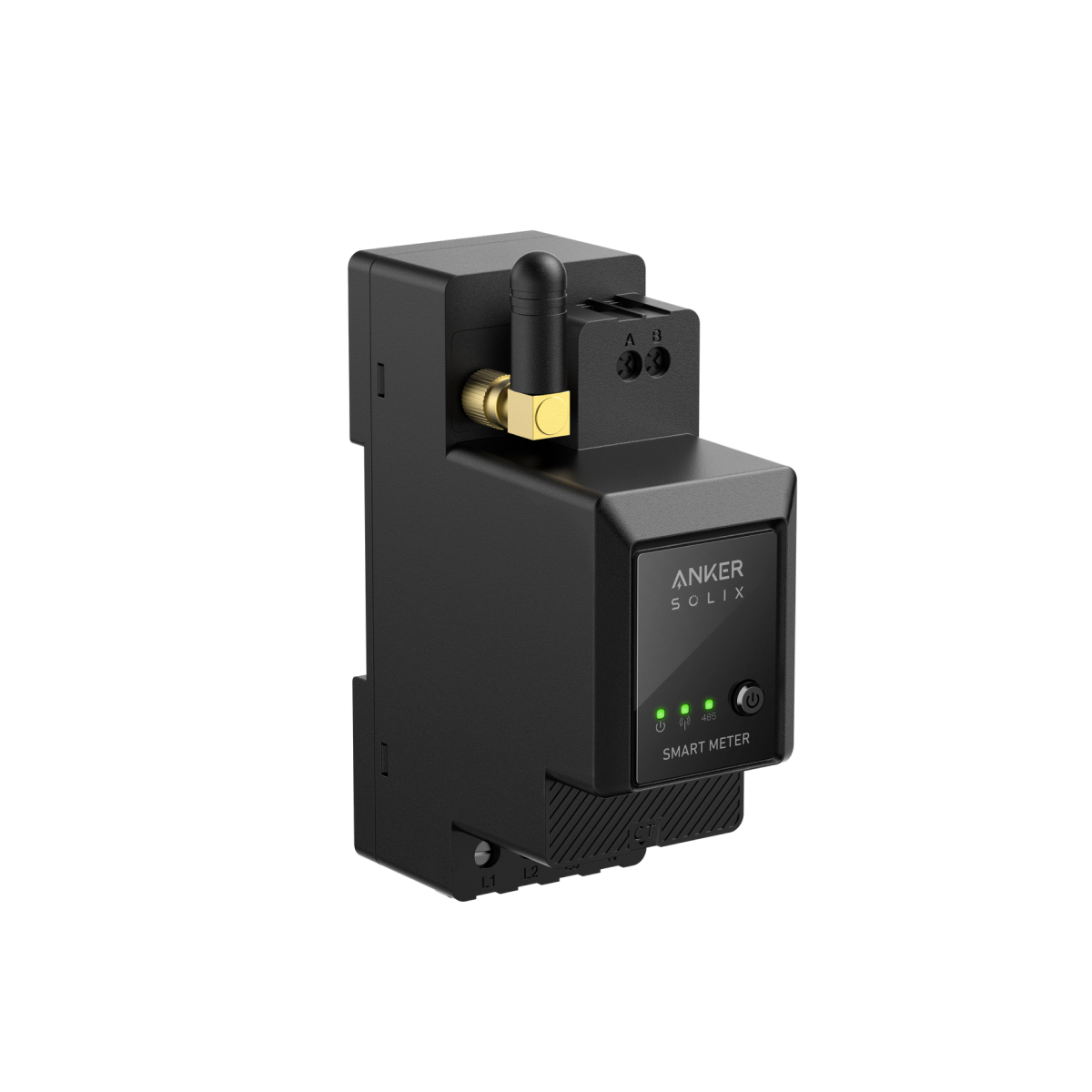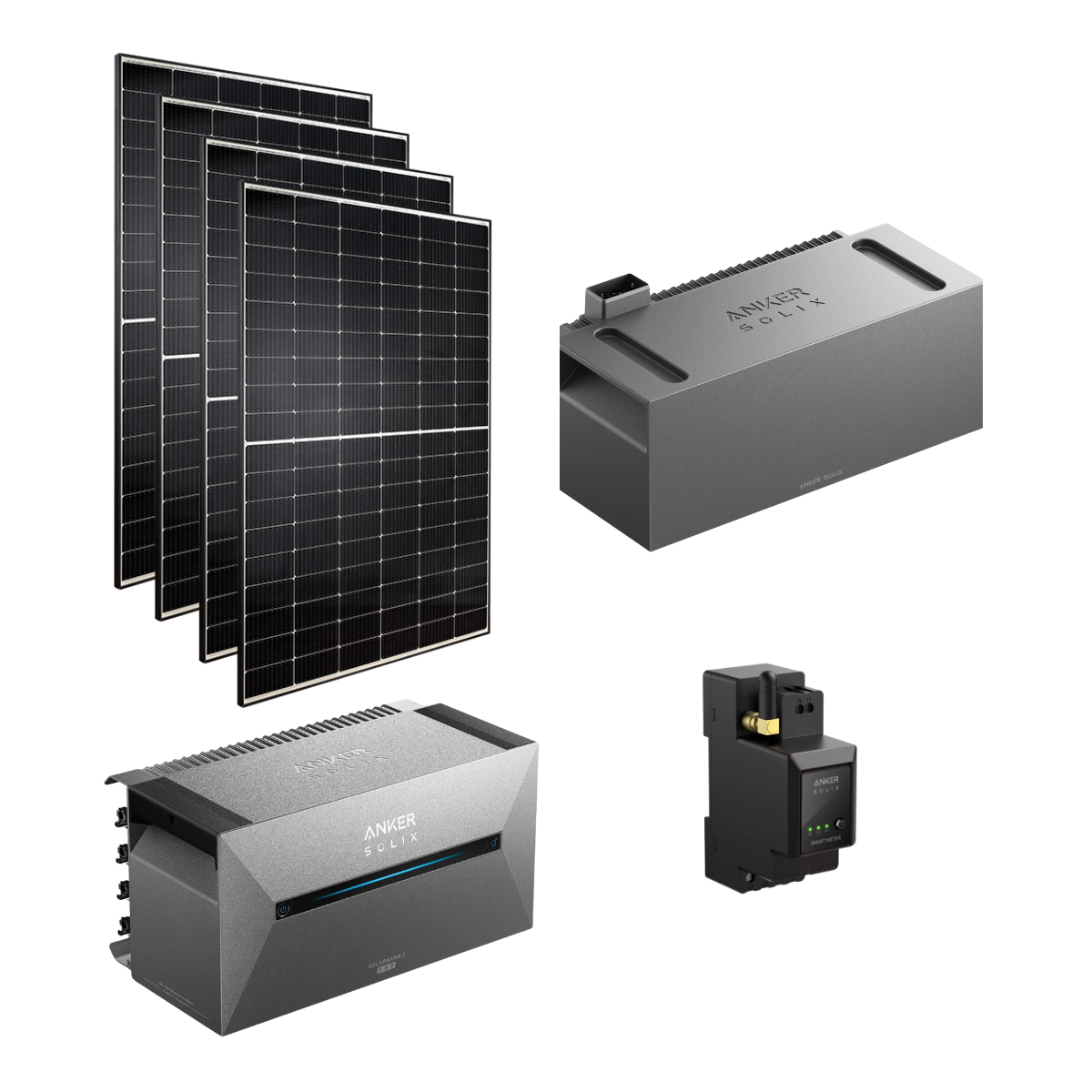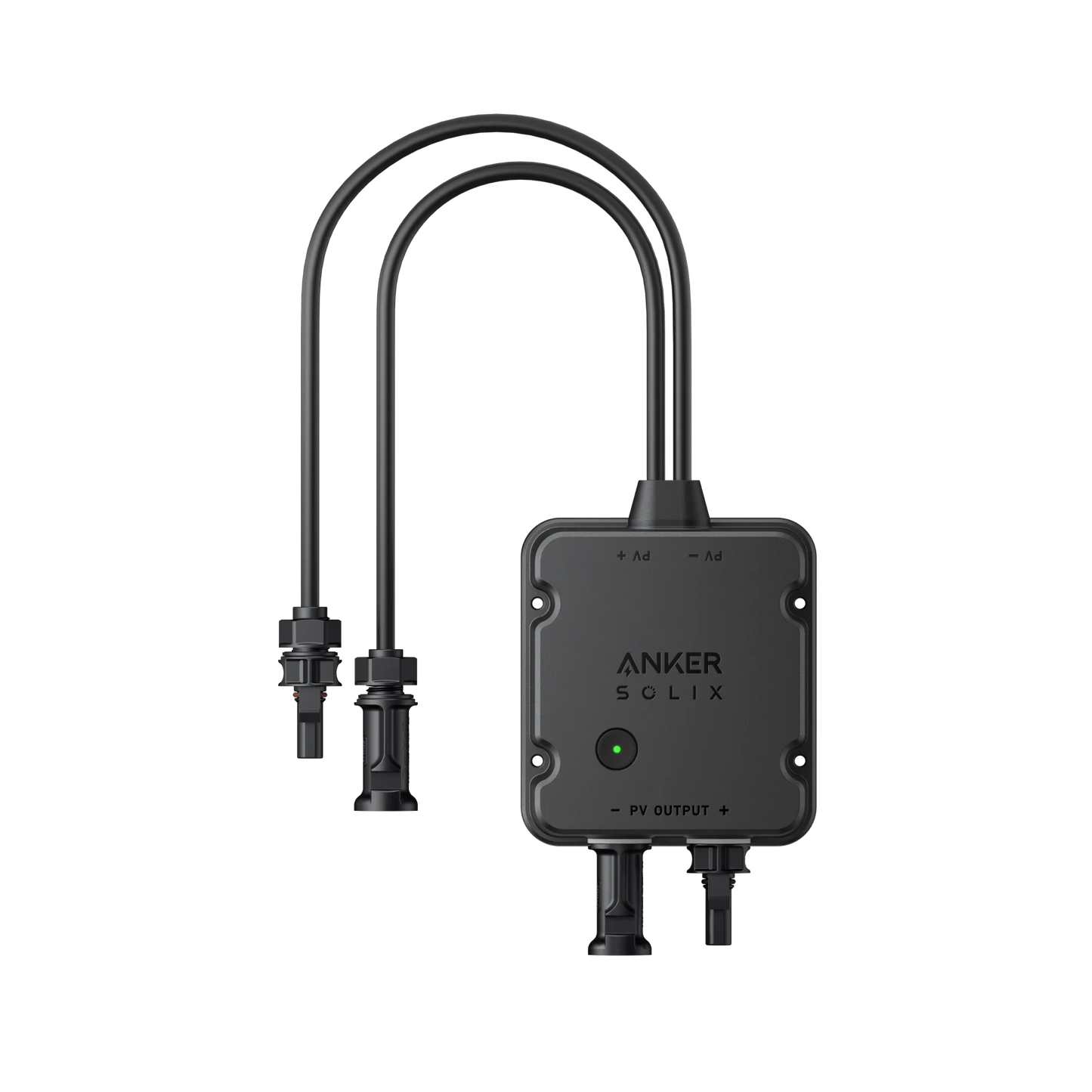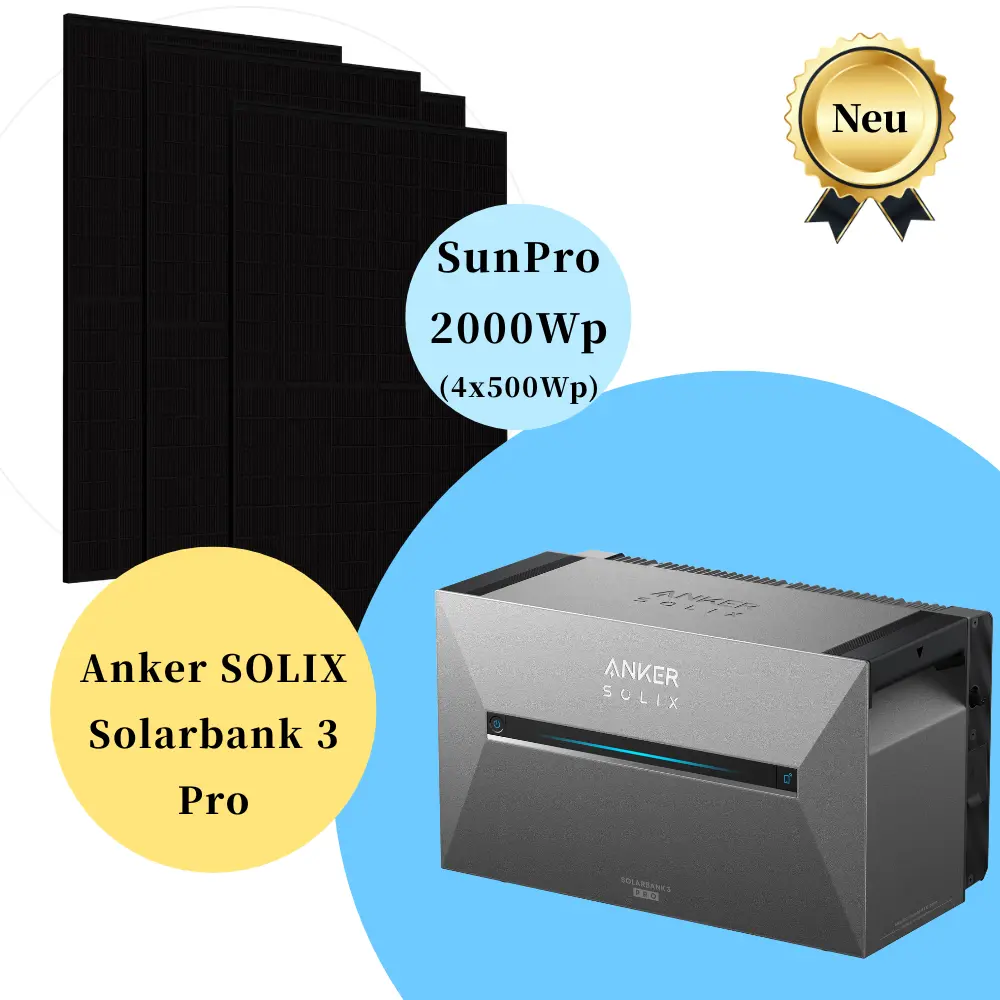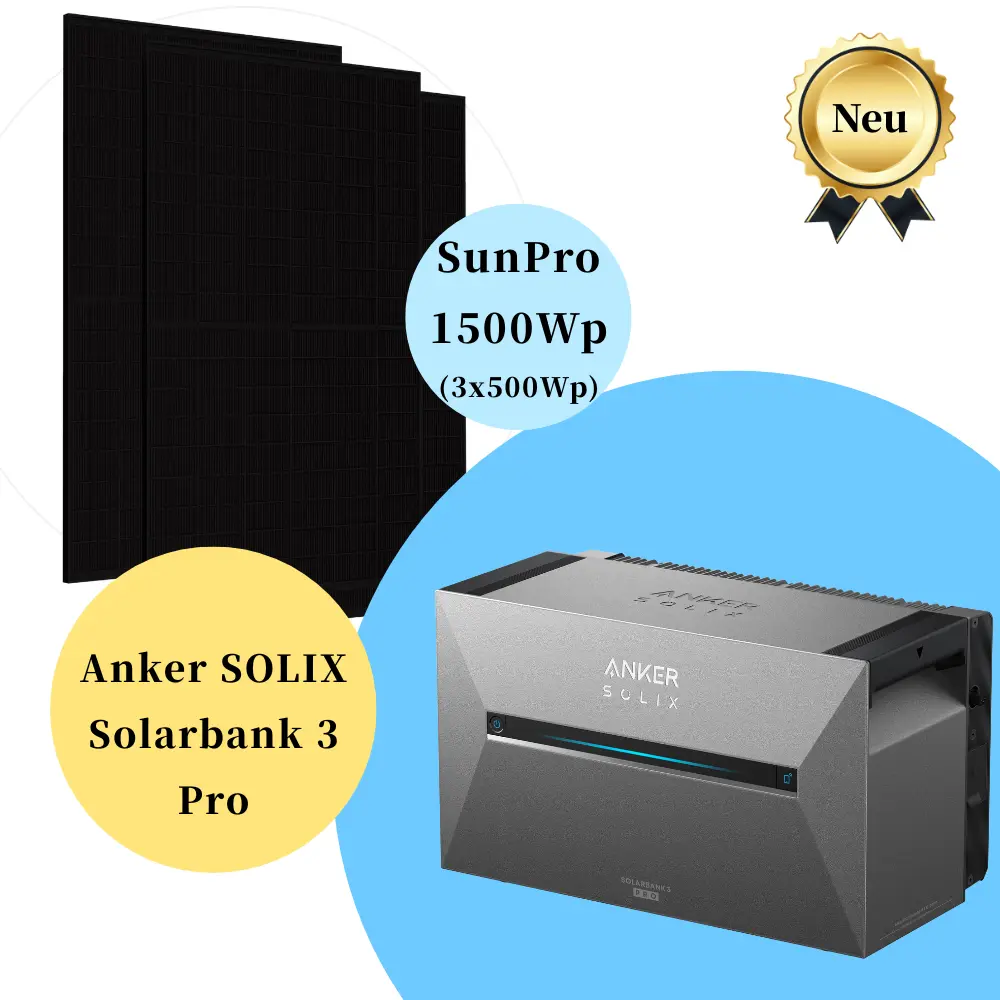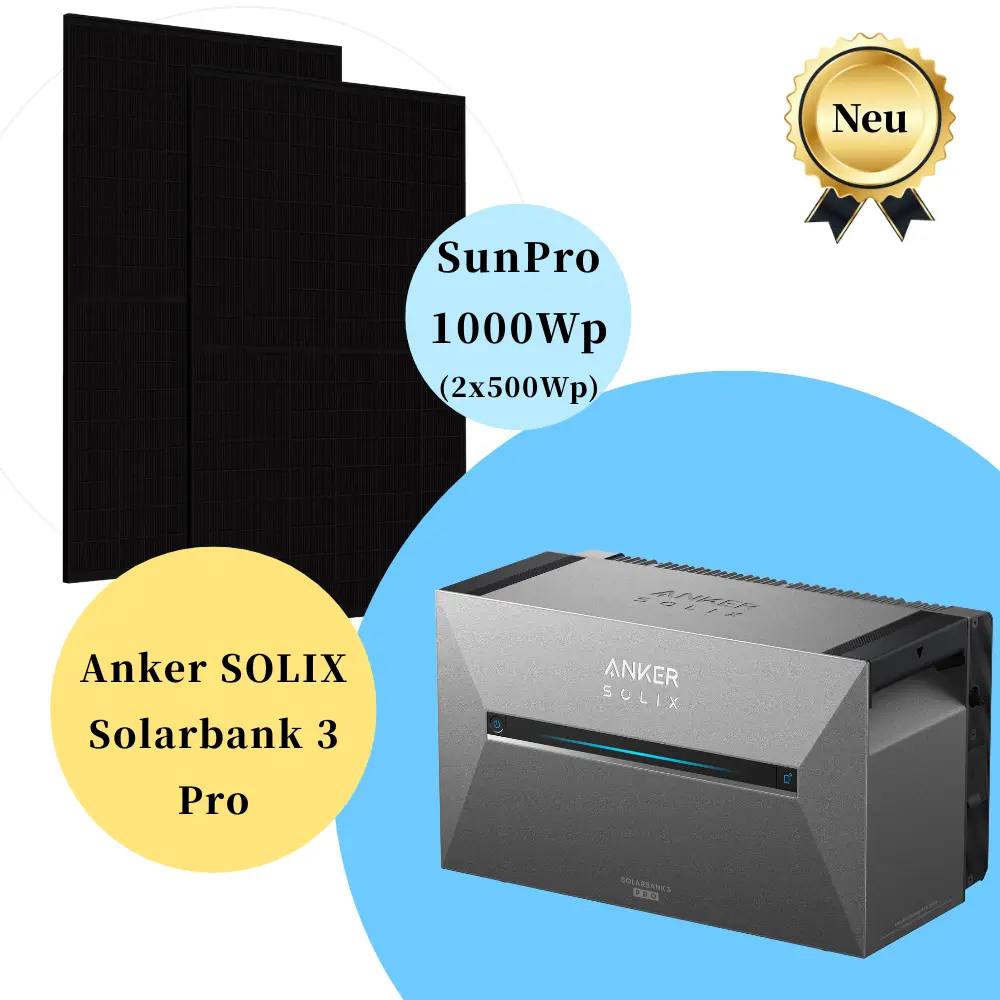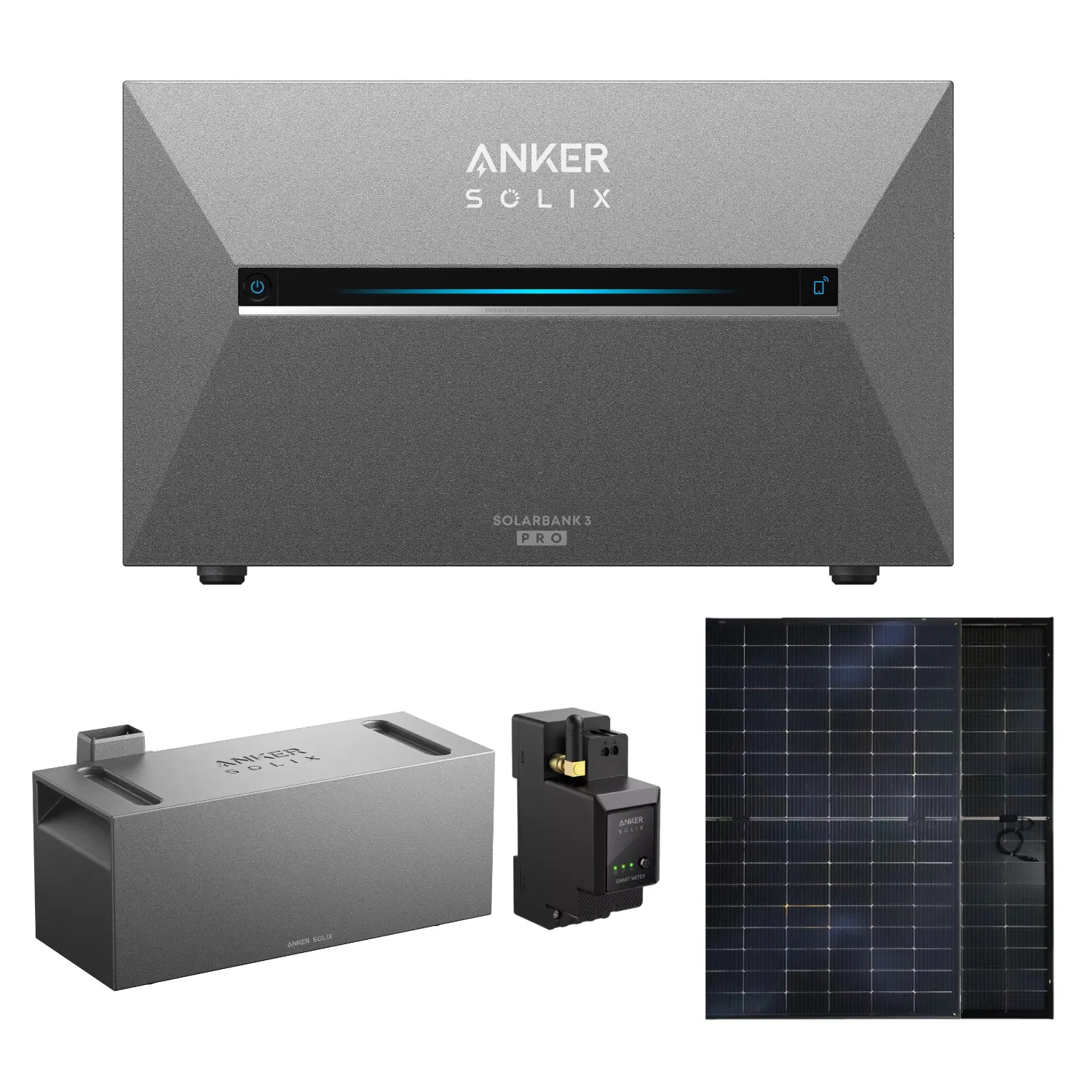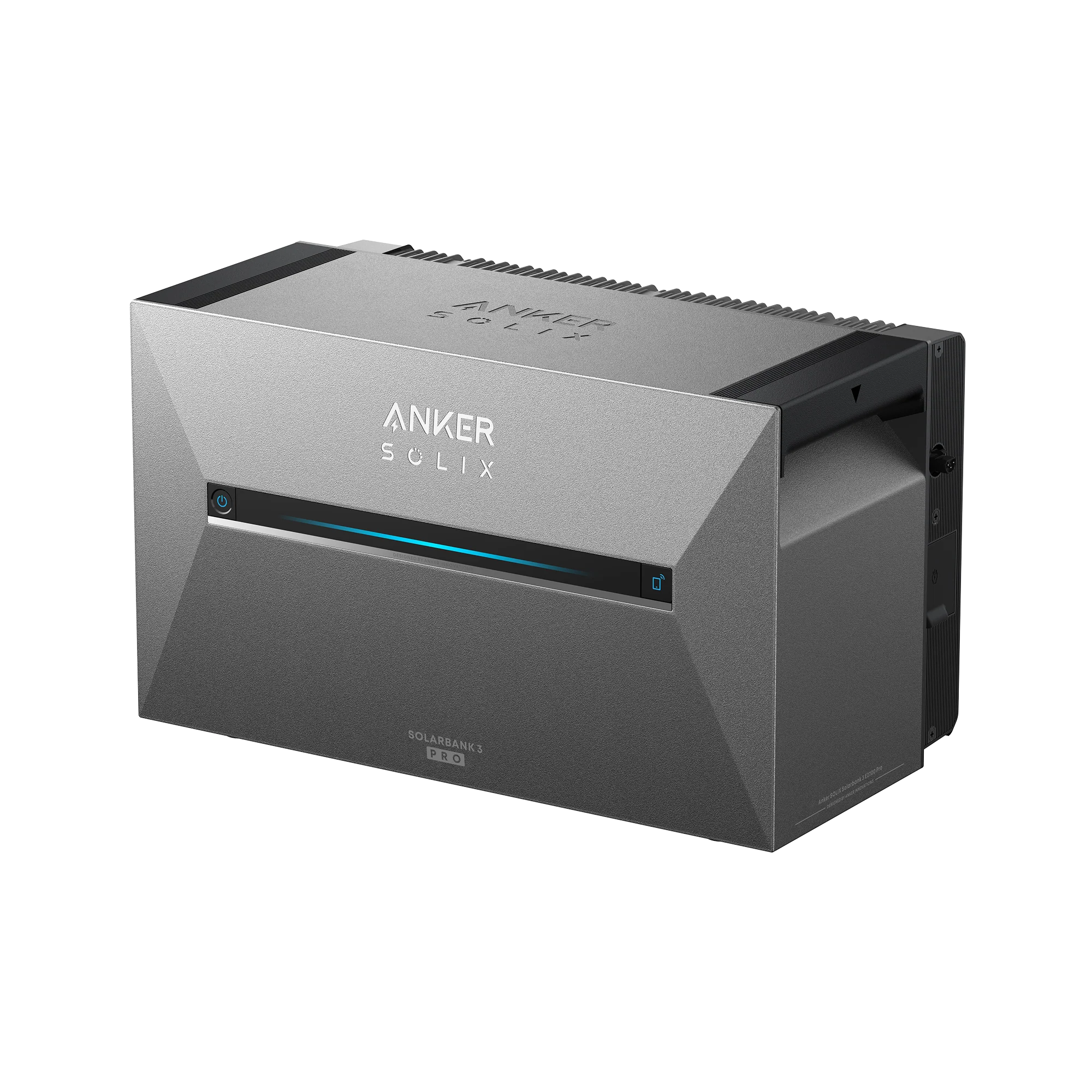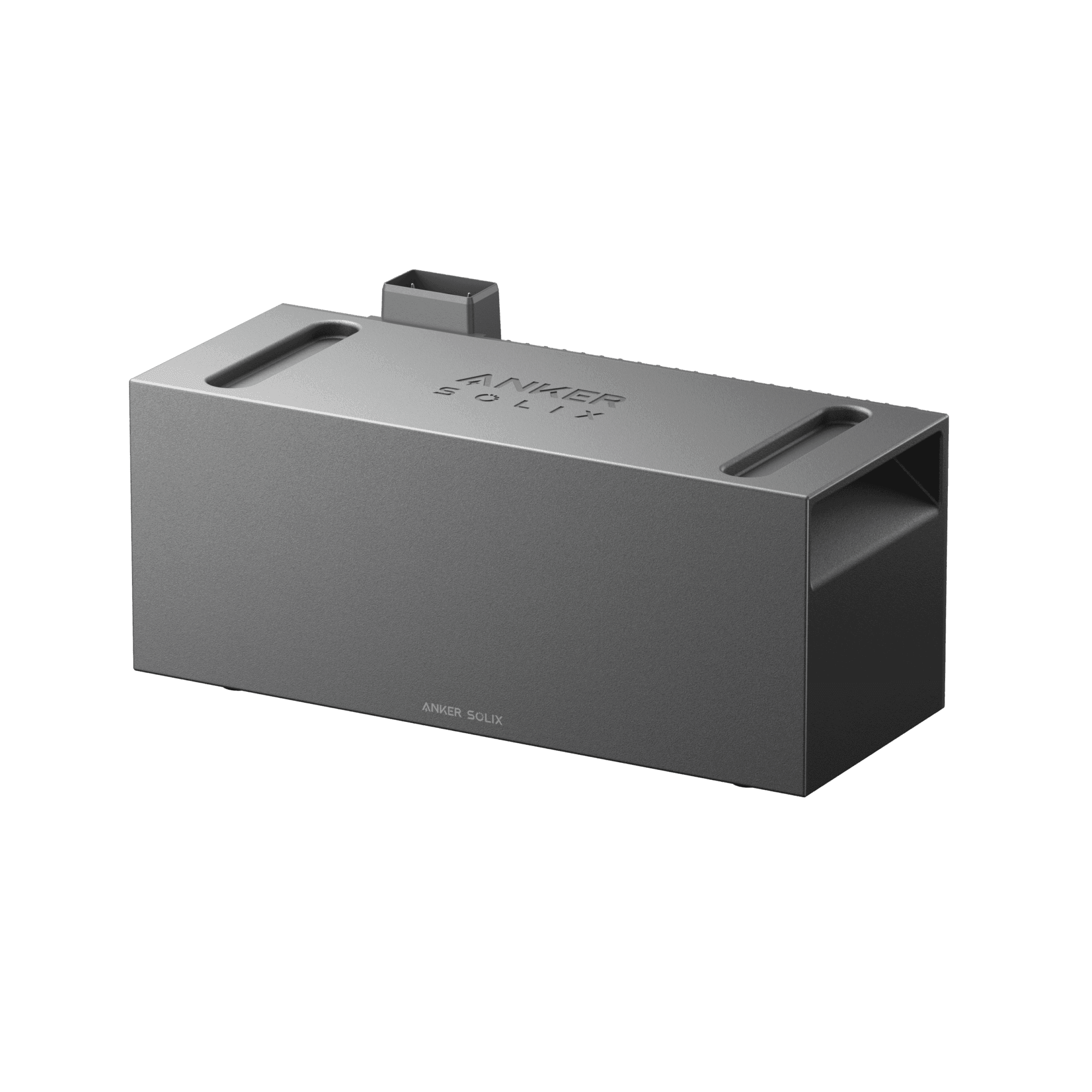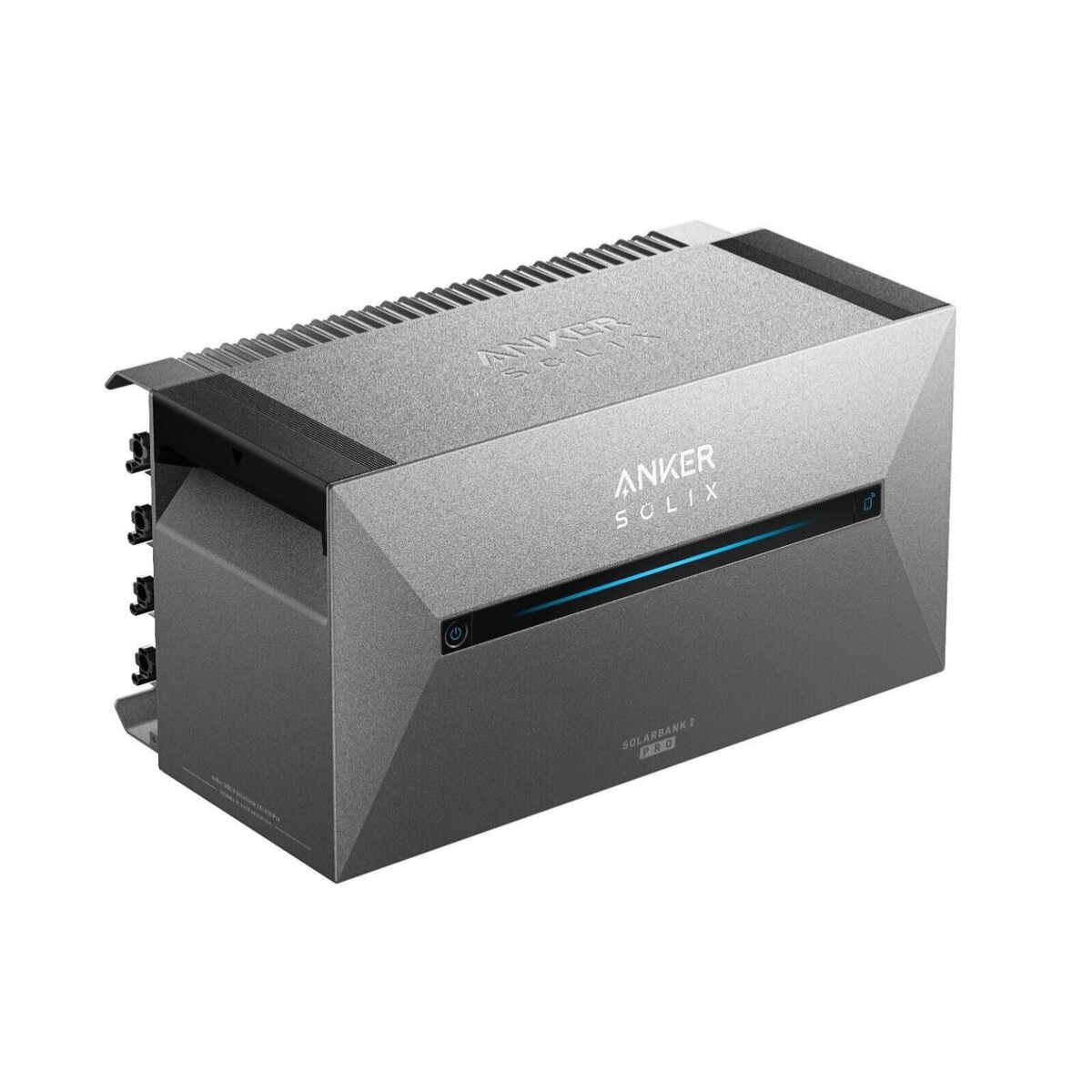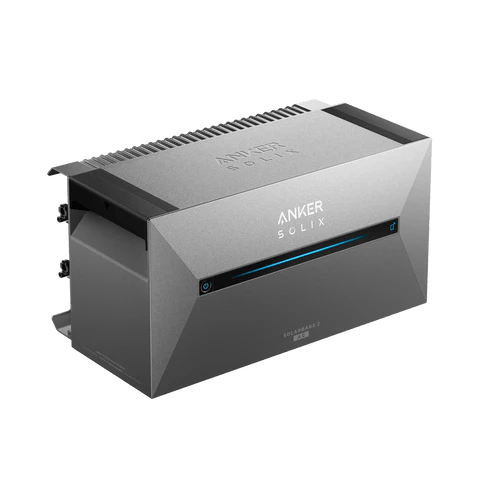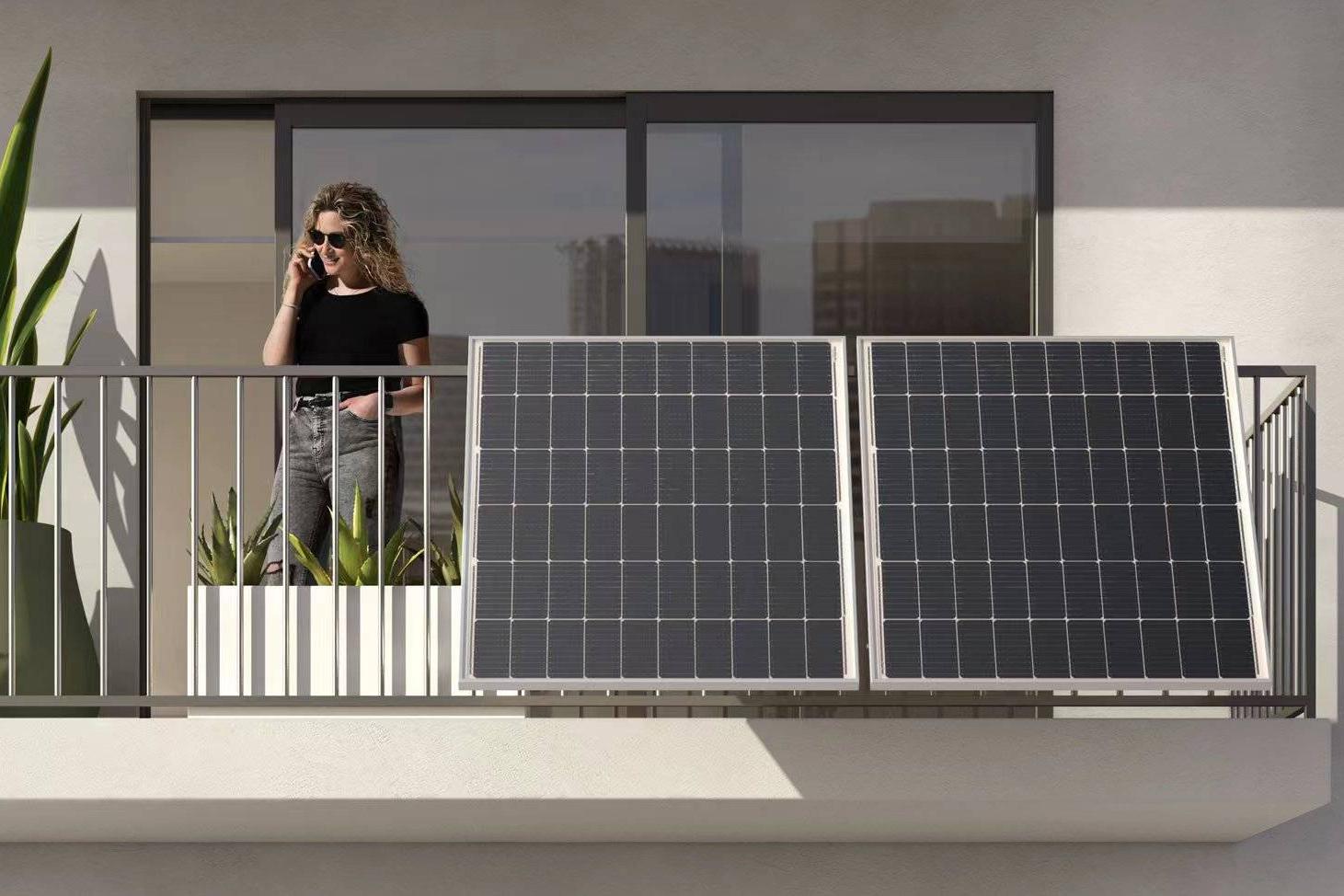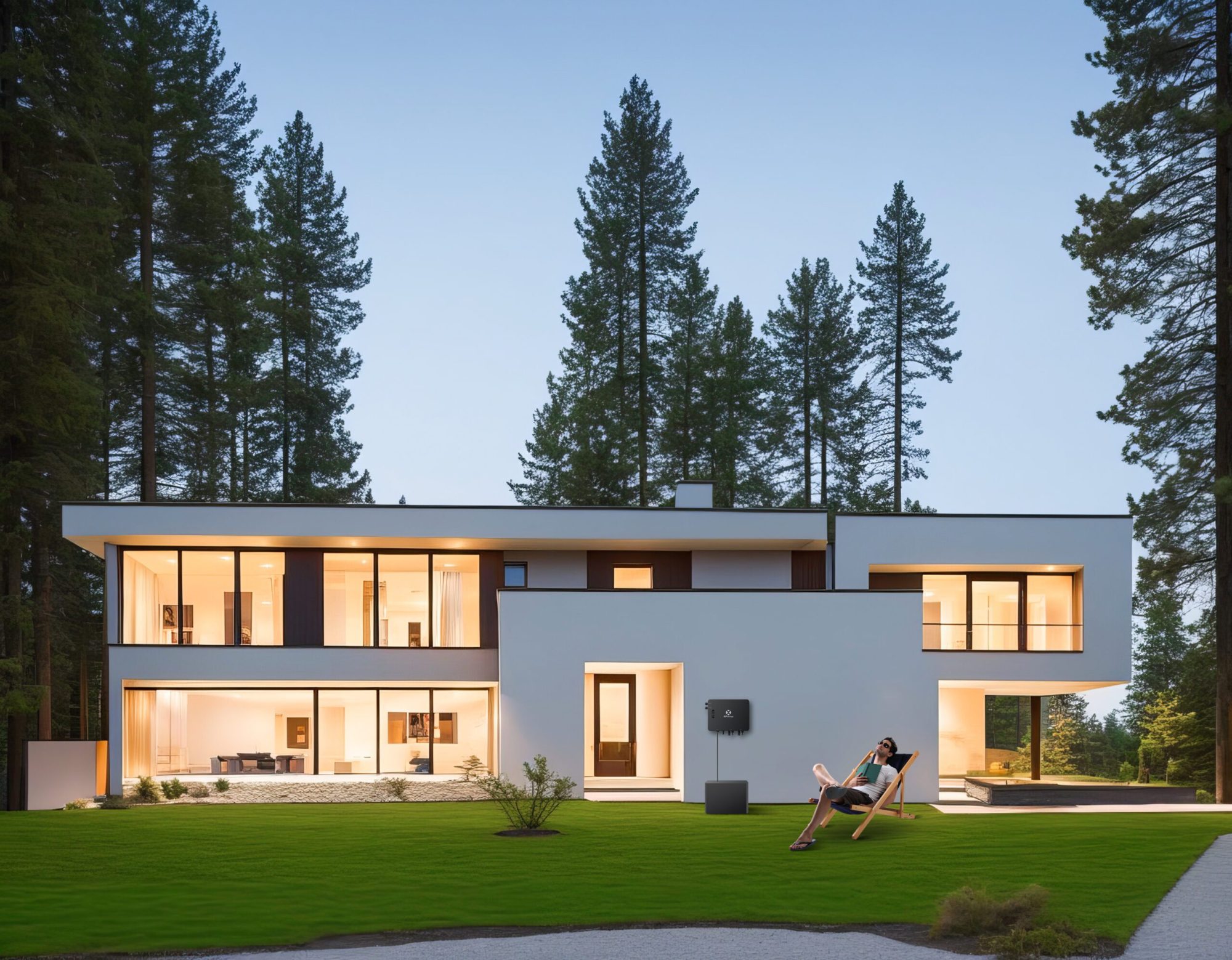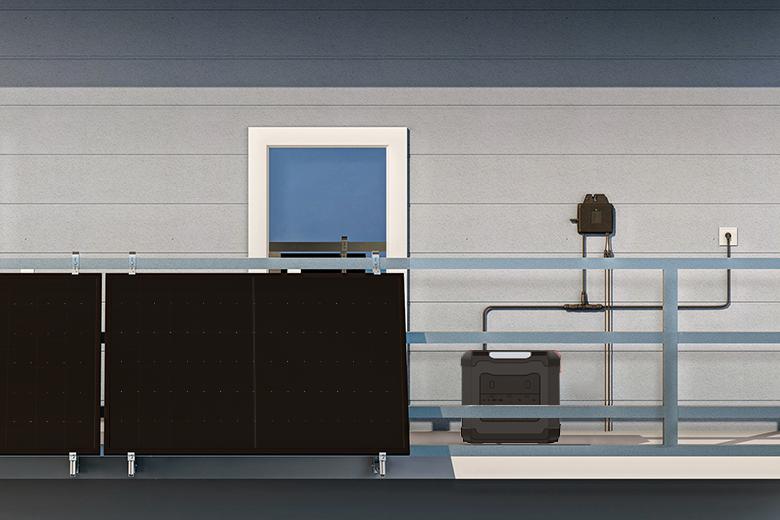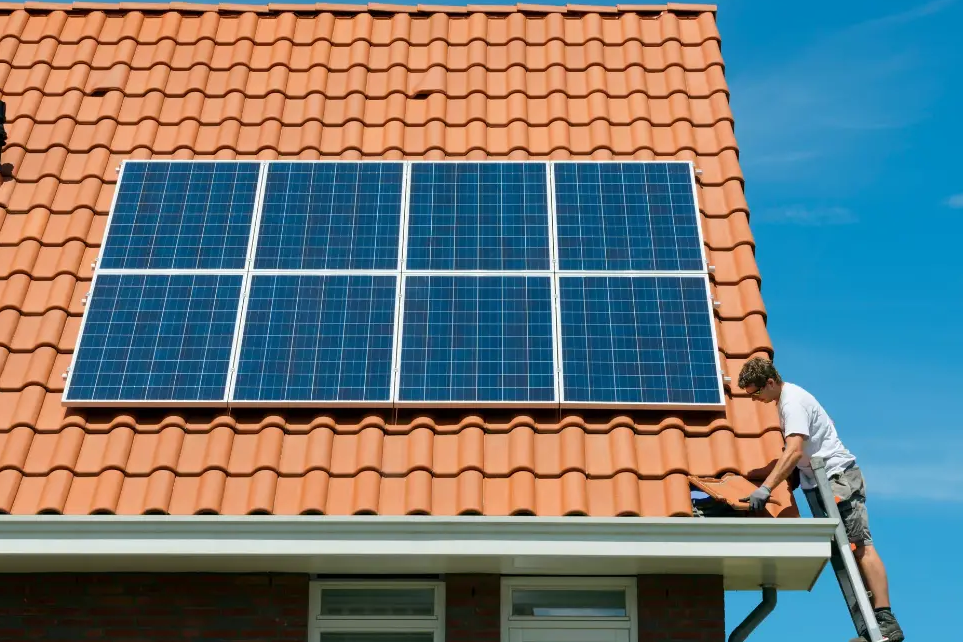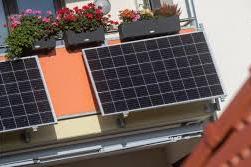Balcony power plants: sustainable energy from your own balcony
Balcony power plants – your way into the world of renewable energiesDiscover an innovative and environmentally friendly way to generate solar power right on your own balcony. Take the first step toward sustainable energy supply and read on to learn more and become part of the green revolution: Let's go solar!
Table of contents
What is a balcony power plant?
Balcony power plants are also known as plug-and-play solar systems, guerrilla systems, plug-in solar systems, balcony solar systems, or mini PV systems. These micro-generation systems are compact solar systems that not on the roof, but can be attached to the balcony railing, terrace, garden shed, or the house facade itself. These small energy generators are particularly popular in private households, where they can generate electricity with solar energy and thus reduce their own electricity costs.
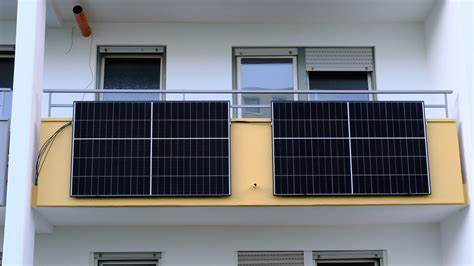
What is the difference between a balcony power plant and a PV system on the roof?
Unlike a large rooftop PV system, balcony power plants are connected directly to a household outlet via a plug. Hence their name, "plug-in solar system" or "plug-in system." Connected in this way, the generated solar power flows directly into the power grid of your apartment or house, where it is immediately available to the connected appliances. This is perhaps the biggest disadvantage of small PV systems for balconies: Storing the generated solar energy is usually not possible. This means that unused electricity flows into your local utility's grid.
Another difference from large photovoltaic systems is the compact design of the small solar modules. Most balcony power plants are around 1.70 meters x 1 meter in size and currently have a maximum output of 600 watts. Compared to a large system with 10,000 watts or more, this isn't much. Therefore, you can expect only a slight reduction in your electricity costs with mini PV systems.
How does a balcony power plant work?
A balcony power plant functions in the same way as a large photovoltaic system when generating electricity. Semiconductors – usually silicon – are built into the panels. While the electrical conductivity of these metals is lower than that of electrical conductors, it is still higher than that of non-conductors. Over the course of the day, the semiconductors absorb light particles (photons). This creates both positive and negative electrical charge carriers. These charge carriers can move almost unrestrictedly within a semiconductor.
Due to this movement, a large portion of the energy from the absorbed photons is transferred to the charge carriers. These are separated into positive and negative by the balcony power plant. This creates an electrical voltage between the charge carriers, better known as solar energy.
The solar energy generated in this way is direct current, which is unsuitable for direct consumption in the household's electrical grid. This requires alternating current. For this purpose, every balcony power station has an inverter that converts the direct current into alternating current.
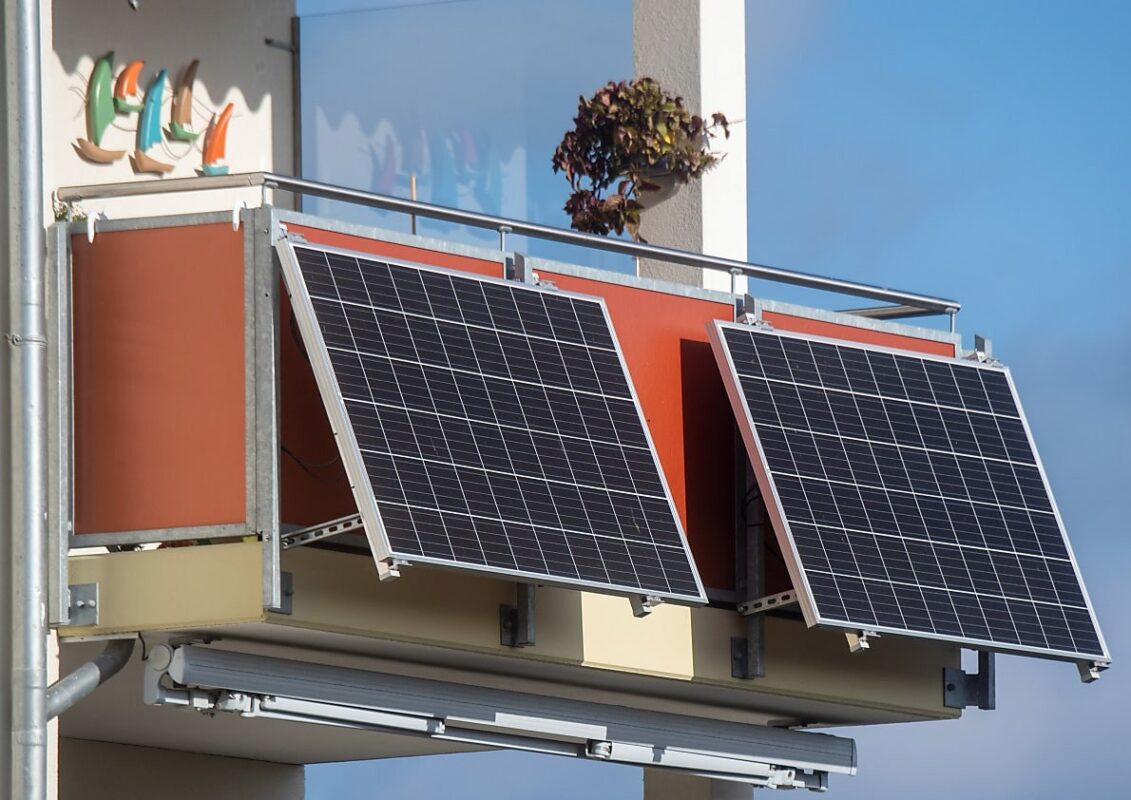
What types of solar modules are used for balcony power plants?
In view of solar module technology, a distinction must be made between half-cell and bifacial technology.
Solar modules with half-cell technology
With half-cut technology, each solar cell consists of two separate parts. This reduces the current flow through each cell, reducing resistance and energy loss. The result is higher efficiency and less power loss due to shading or poor lighting conditions. If you want to generate a lot of solar power in a small space, solar modules with half-cut technology are ideal. In summary, they are characterized by:
- higher efficiency
- slight loss of performance due to shadows or poor lighting conditions
- compact design
However, they are significantly more expensive than conventional technologies.
Bifacial solar modules Bifacial
Bifacial solar cells absorb light not only with their front side, but also with their back. This is ideal if the mini power station is placed in front of reflective walls or surrounded by water. In this case, you can benefit from higher performance.
IBC technology
The abbreviation IBC stands for "Interdigitated Back Contact." Balcony power plants with IBC technology have the back contacts of the individual solar cells arranged on the back, which are also interlocked. This reduces the current flow within the cells and increases energy efficiency. However, due to the special manufacturing technology, such modules are very expensive.
What types of balcony power plants are there?
In addition to the type of solar technology, balcony power plants are divided into the following two types:
- With memory
- Without memory
balcony power plant with storage
Balcony power stations with storage, known as power stations, allow you to temporarily store unused solar power for later use. However, the initial cost of mini PV systems with storage is considerably higher than for models without storage, often in the mid-four-figure range.
In general, balcony power plants with storage are not very profitable due to their high costs. The time it takes for the system to pay for itself is too long. In most cases, the storage unit will have to be replaced by then, as its lifespan is limited. For this reason, most manufacturers offer their solar devices for plugging into a wall outlet without a power station.
Balcony power plants without storage
Balcony power plants without storage are significantly cheaper to purchase than the option just presented. However, you should be aware that any unused electricity flows directly into your local utility's grid, where it is available to other customers. However, since the number of standby devices in most households is now very high, there is a constant demand for electricity, so it is rare for solar power from the plug-in solar module to go unused.
How much electricity can a balcony power plant generate?
How much solar power you can generate with a balcony power plant depends on its output and the conditions at your location. These include the installation conditions, orientation, and number of hours of sunshine. The latter factor, in particular, depends on the region within Germany. Especially in the southern federal states, 600-watt solar systems can generate up to 5 kilowatt hours of electricity (equivalent to 5,000 watts) on sunny days. On cloudy days, it's still around 1 kWh. If you want to know exactly what's possible where you live, take a look at the practical online calculator from the University of Applied Sciences (HTW). This allows you to calculate how much money you can save with a balcony power plant by entering your apartment size, the orientation of your balcony, and the number of people living in your household.
You can operate all this with a balcony power plant
Compared to a large rooftop system, you obviously won't be able to run many household appliances at full load with a 600-watt plug-in solar system. For a better understanding, here's an overview of the power consumption of common electrical appliances in a household.
The electrical appliances in a household and their typical consumption:
Device in the household watts in operation
Tumble dryers up to 3,000
Kettle up to 3,000
Washing machine 2,000
Dishwasher 2,000
Hairdryer 1,500 to 2,000
Vacuum cleaners up to 2,000
Microwave 800 to 1,000
Refrigerator 120 to 200
Sound system 100 to 200
TV 150
Game console 150
WiFi router 10
Here, a balcony power station with an optimal output of 5,000 watts quickly reaches its limits. Therefore, balcony power stations are more suitable for smaller devices or devices in standby mode.
Electrical devices in standby mode for operation with a balcony power plant:
Device in the household Watt in standby mode
Stereo system 15
Television (LCD) 14
Mini hi-fi system 11
Wi-Fi 10
Receivers 10
Computers, printers 10
Mobile phone charger 5
Washing machine 3
Telephone 3
Microwave 2
All devices together 83.5
As you can see, you can easily cover this consumption with the mini PV system for the wall outlet. Even on days with little or no sunshine.
So who is a balcony power plant actually suitable for?
A balcony power plant is suitable for anyone who wants to save electricity but lacks the space or the necessary funds to install a large photovoltaic system. This primarily applies to those living in city apartments or renting. Tenants, in particular, should be aware that they generally do not need landlord approval to operate and install a balcony power plant. However, this only applies as long as the system does not change the appearance of the house or requires no significant modifications to the exterior facade.
By the way: In the case of condominiums and a homeowners association, the consent of the owners must often be obtained for installation.
The biggest advantage of a mini plug-in solar device is its easy installation anywhere. There are other advantages as well.
Advantages of a balcony power plant
- Balcony power plants help reduce electricity costs by producing your own solar power.
- Advantage – Balcony power plants actively reduce your personal carbon footprint.
- Installation is generally straightforward and doesn't require a complex construction project. Most systems can be installed by the owner without much effort.
- The space requirement is small compared to large photovoltaic systems.
- The investment costs are often affordable, eliminating the need for complex financing. Whether the acquisition costs pay off in the long term depends on the electricity generated.
How much does a balcony power plant cost?
If you want to buy a balcony power plant, the performance and features of the modules are crucial. This not only determines the amount of electricity generated, but also the price. Less powerful solar modules are available for a few three-digit sums, while high-performance products cost in the four-digit range. Balcony power plants with storage are even more expensive. In general, balcony power plants can be classified into the following price categories:
- Balcony power plant in the lower price category: 400 to 700 euros
- Mid-range balcony power plant: 700 to 1,500 euros
- Balcony power plant in the upper price range: 1,500 euros and more
What is the lifespan of balcony power plants?
The lifespan of balcony power plants depends on the quality of the components and the maintenance of the system. Solar modules generally have a very long lifespan and can last up to 25 to 30 years or even longer. Under optimal conditions, they can even last up to 40 years or more.
Inverters, on the other hand, have a shorter lifespan and must be replaced after 10 to 20 years. The exact lifespan depends on the quality of the inverter, the duration of use, and the site conditions (humidity, direct sunlight, etc.).

